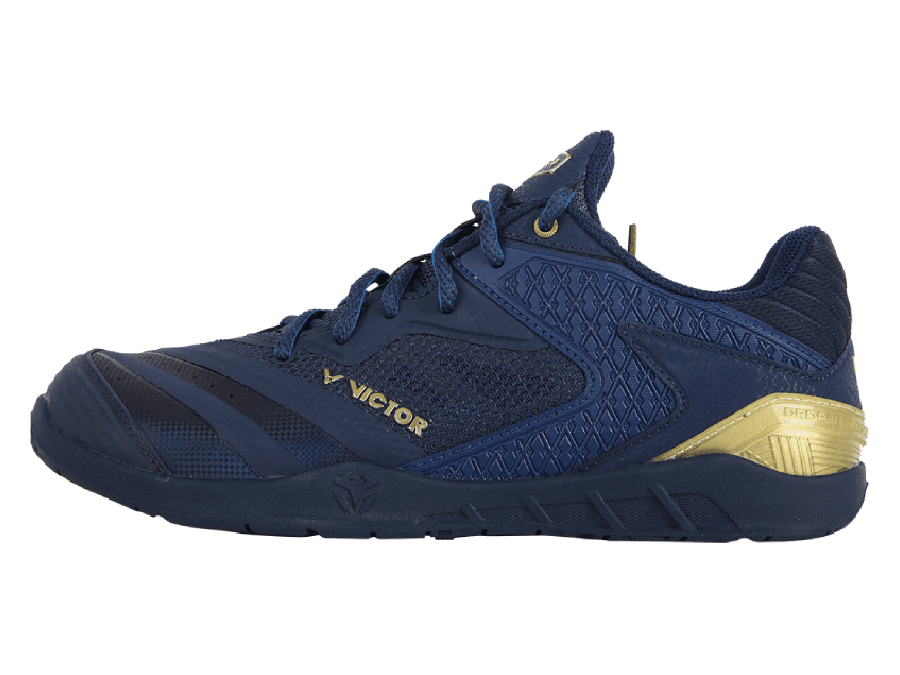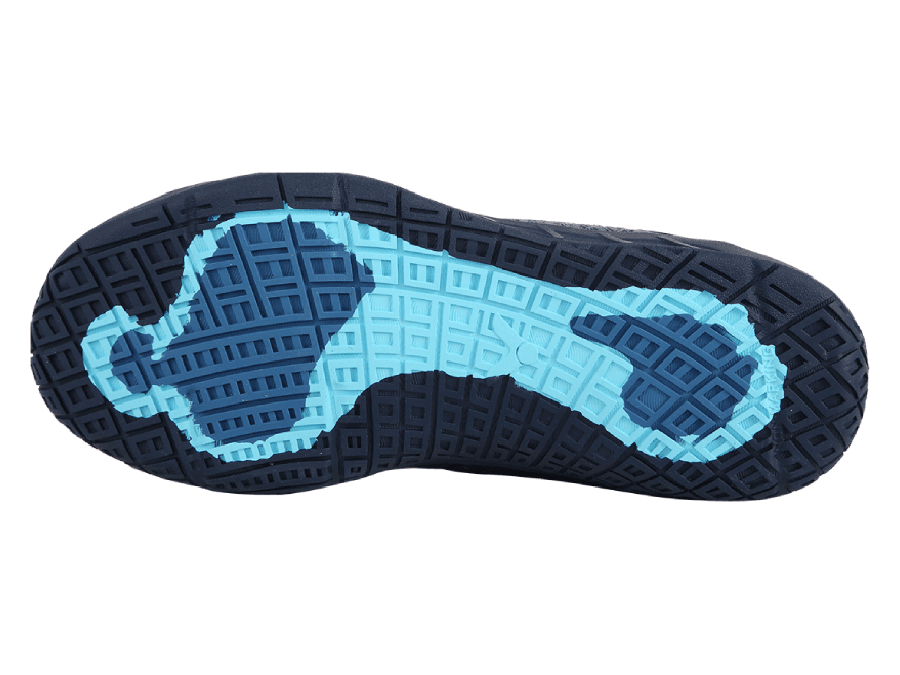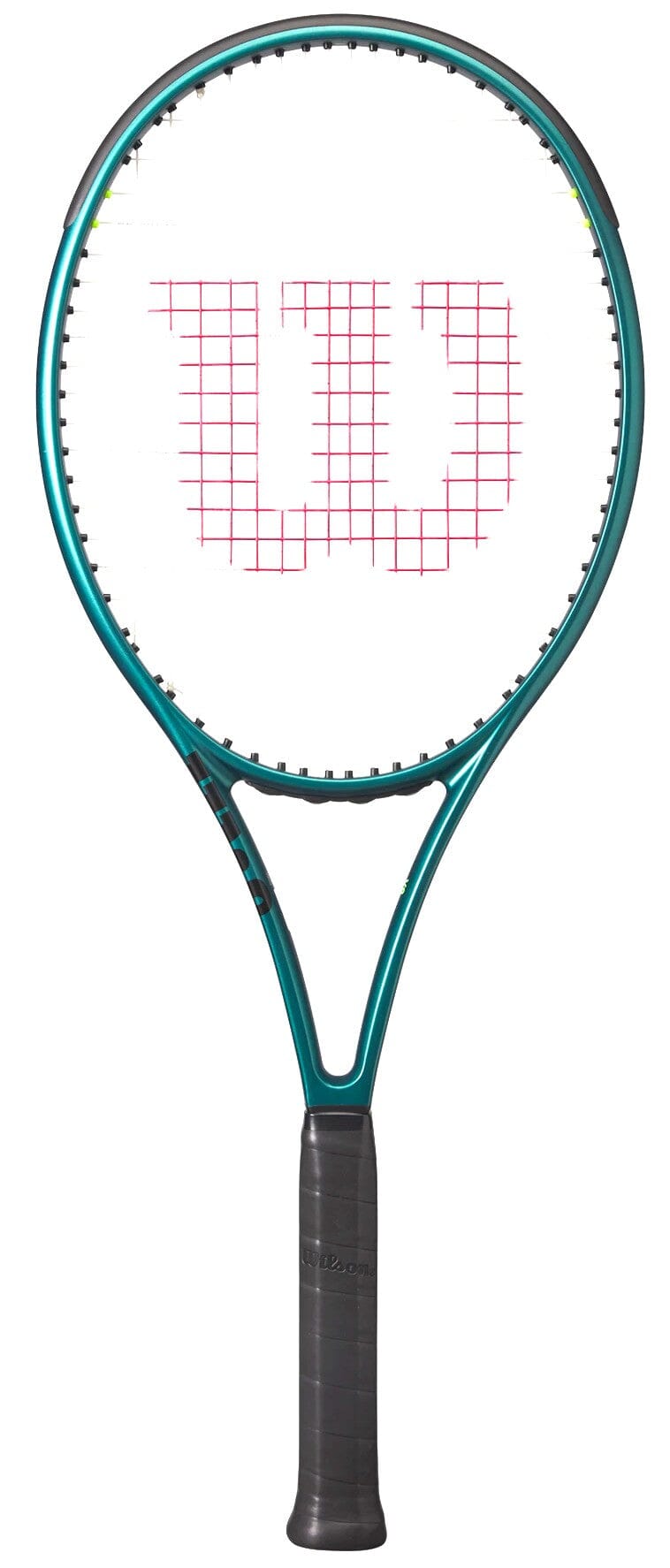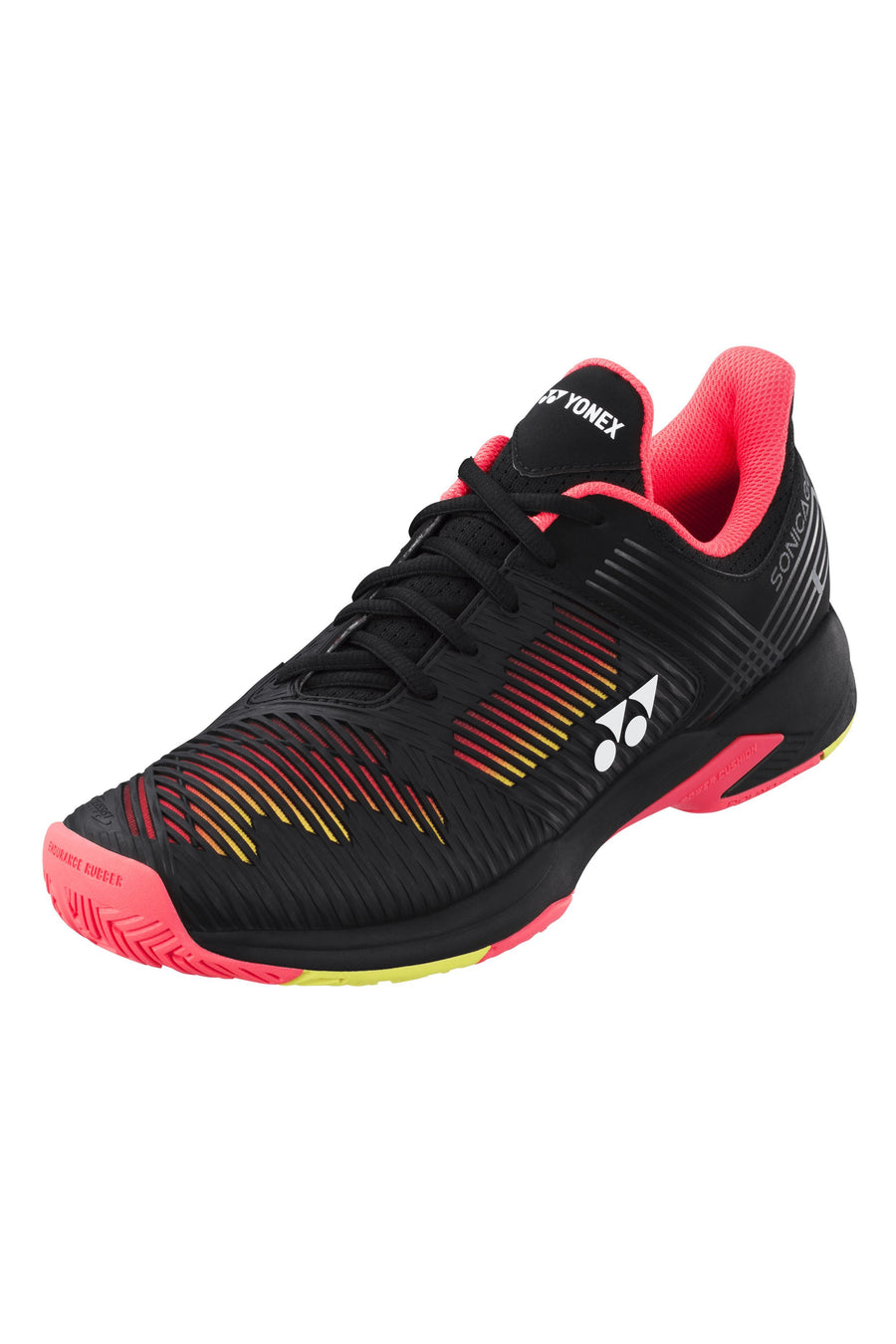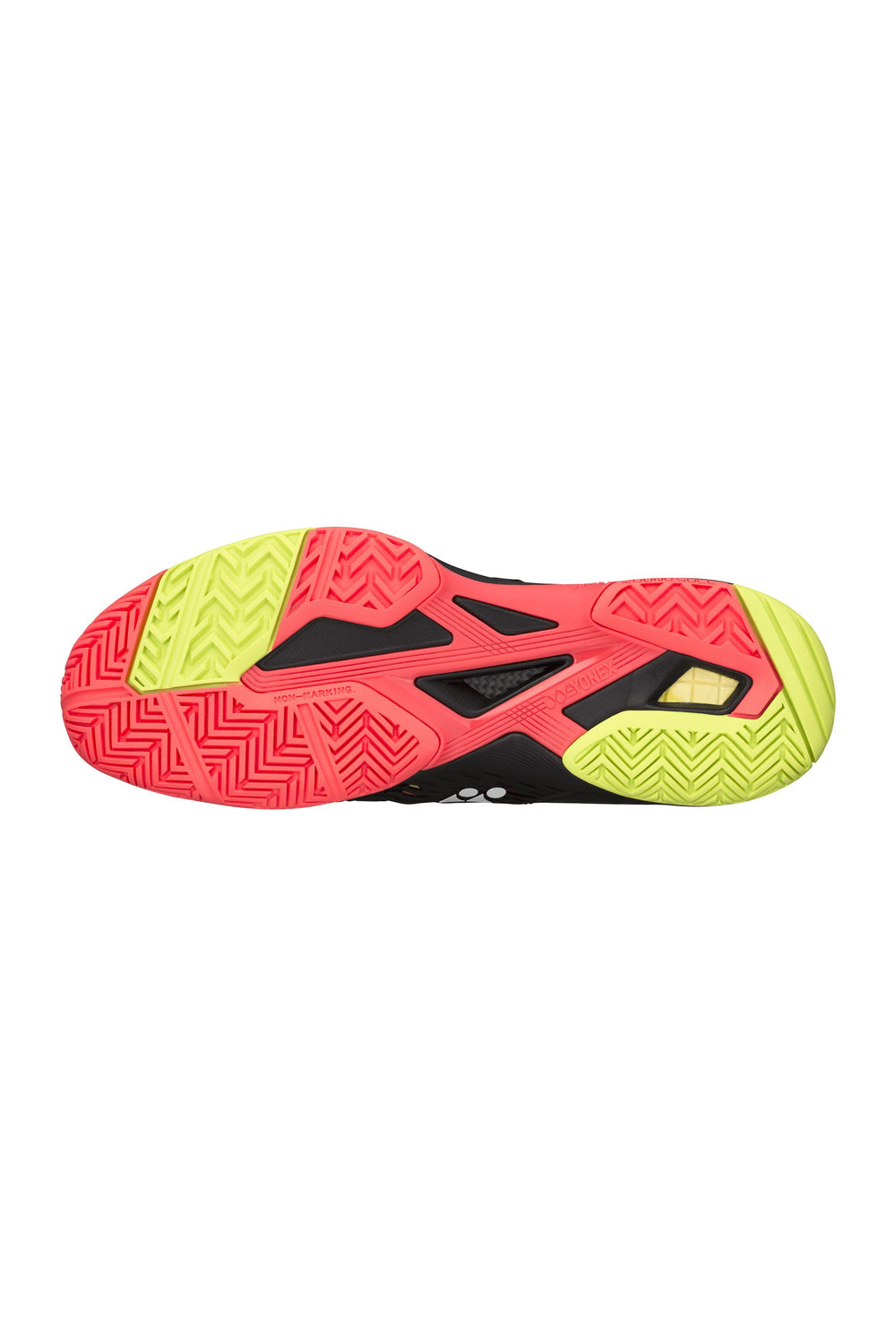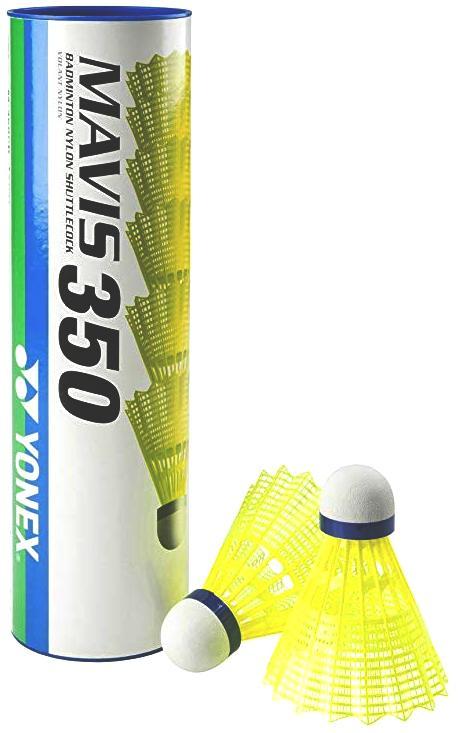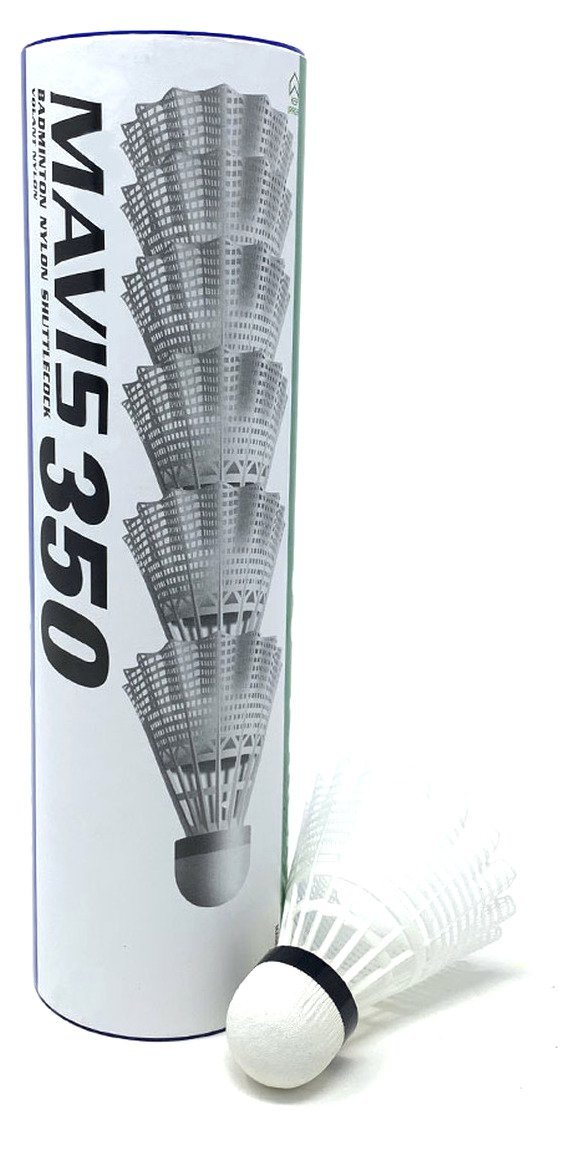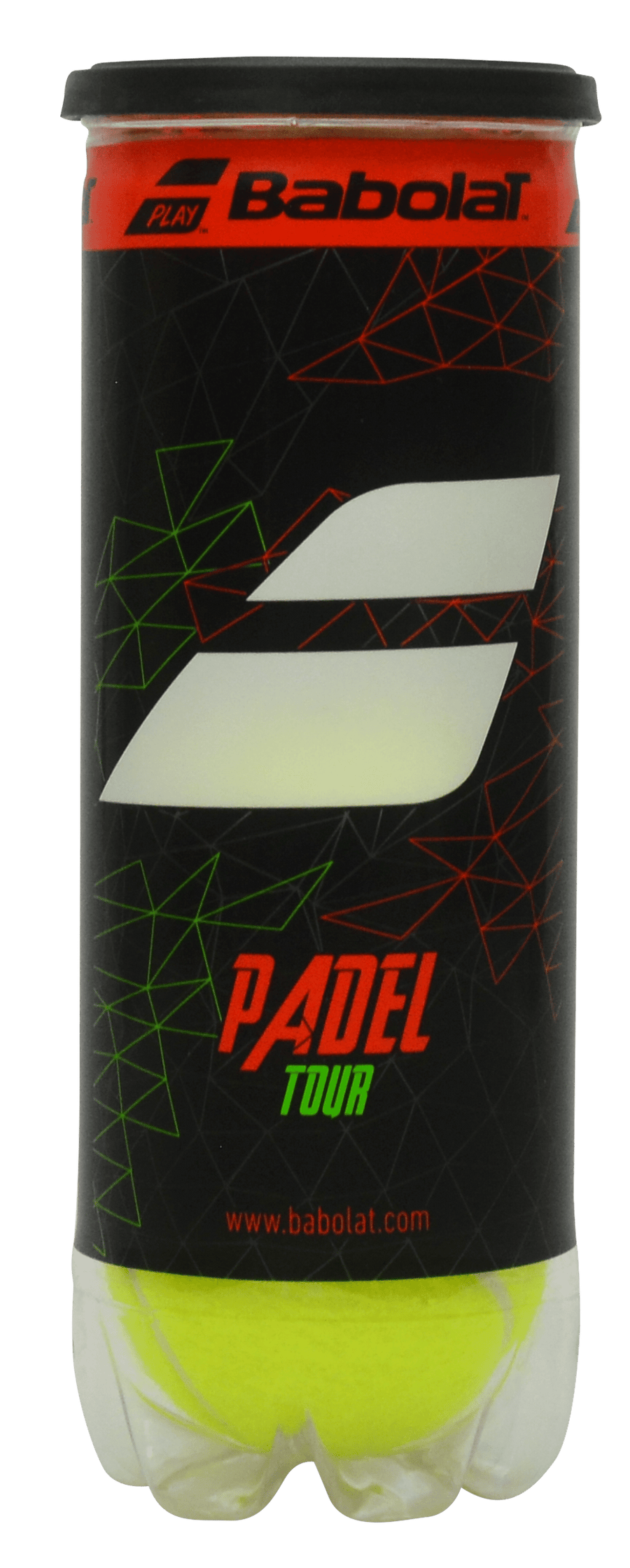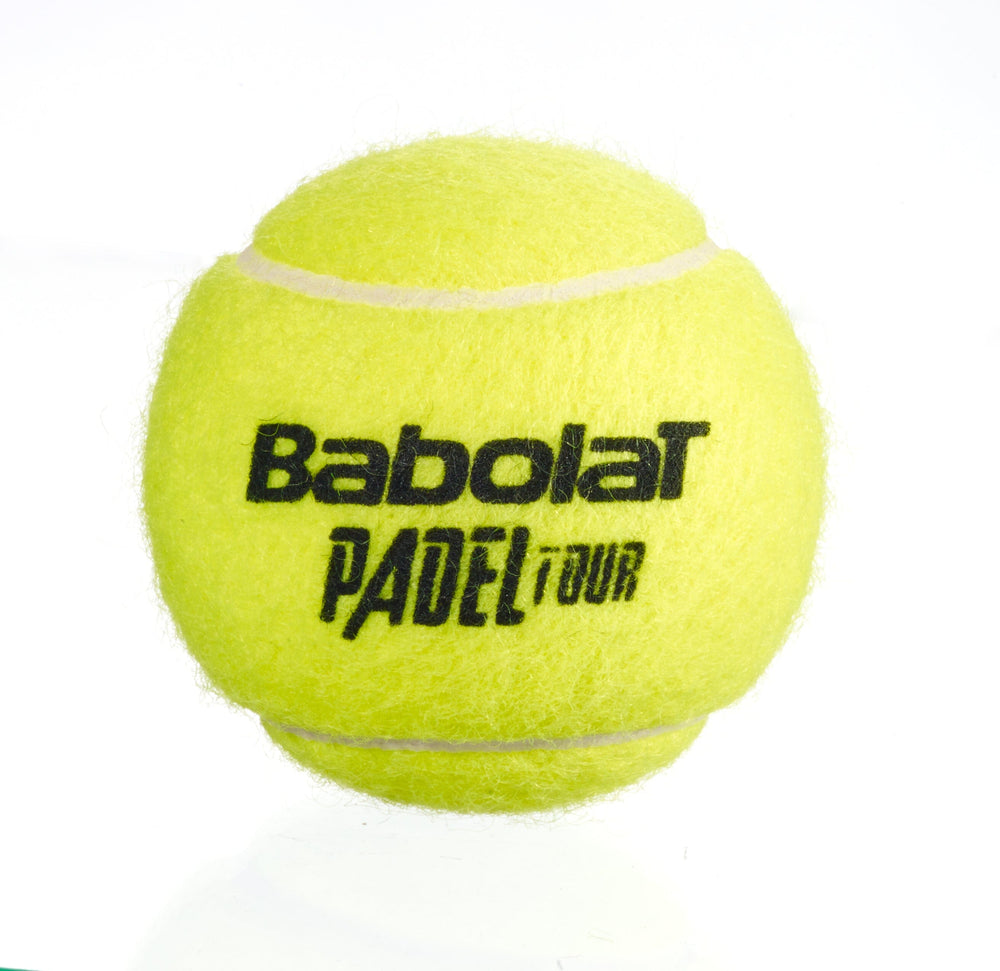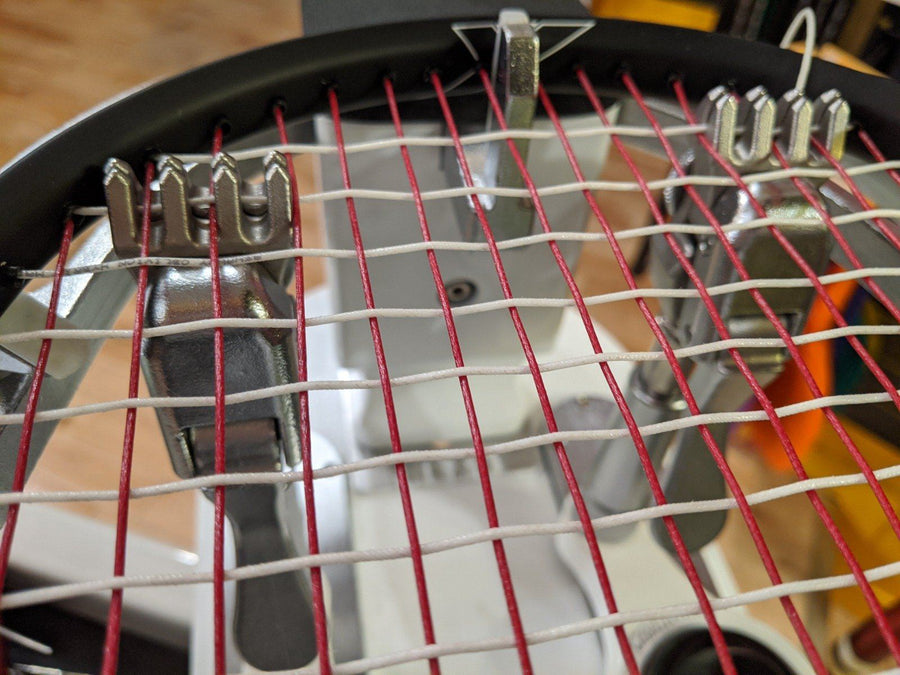How often should you restring your tennis racquet?
Tennis strings have a shelf life even if you don't use your racket. Once you put the strings on, they start to slowly deteriorate. Over time, this affects their elasticity and the way they feel. If you have ever wondered how long tennis strings last, you are not alone. This is a question that a lot of tennis players ask their stringers. The answer, however, is not as simple as you may think.
When you play tennis, the strings of your racquet slowly wear down. The exact amount of wear and tear the strings will take depends on a multitude of factors, such as the frequency of your play, the technique you use when you hit a tennis ball, weather conditions, the surface of the court, string pattern and the strings themselves.
In short, we recommend the following restringing schedule, but we'd prefer to see your tennis racquet and personally ask you a few questions to determine if you need to have your racquet restrung, and to suggest the best tennis string and tension which suit your style of play.
| Level | Restringing frequency |
|---|---|
| Beginners who play a few times a month | Every 6 months |
| Intermediate players who play 1-2 times a week | Every 3 months |
| Advanced players who play 3-4 times a week | Every week |
In general, for a recreational player, we'd recommend restringing a tennis racket at least before each season.
Talking about tennis strings, you often have to choose between natural gut, synthetic gut, multifilament, polyester, or kevlar. Each material has its own advantages and disadvantages. One can be more durable than another, for instance, but another may play better. As a result, it is vital to understand the differences between these different types of strings in order to make a proper choice.
Below are the main types of tennis strings and a quick recap of features.
| Tennis Racquet String Type (material) | String Tension Maintenance | Features |
|---|---|---|
| Natural Gut (cow intestine) | Very good | Very comfortable on the arm but fragile. Excellent power and feel. Expensive |
| Multifilament (nylon microfibers) | Good | Comfortable but fragile, similar to Natural Gut at a more affordable price |
| Synthetic Gut (nylon solid core) | Moderate | Average performance and durability, inexpensive |
| Polyester (polyester-based monofilament) | Poor | Harsh on the arm but offers a very good control and spin. Less power, durable. Prices vary. |
| Kevlar (aramid fiber) | very good | The most durable but too stiff and uncomfortable. Can lead to developing tennis elbow. Less popular. |
| Hybrid Strings | Vary | Combines cons and pros of different string types. |
It's important to note that, usually, thinner strings (17 gauge or higher) provide better playability but less durable compared to a thicker string (16 gauge or lower). That's why we recommend going with the thicker gauge when you choose fragile natural gut or multifilament strings.
And remember, a good stringing job is the difference between a racquet that feels good to you and one that doesn't. And to get consistent results, your racquet should always be serviced by a professional racquet stringer.
Nuances of tennis stringing may get overwhelming that's why we've been there for you for the past 15 years to help you choose the best tennis string, string tension and the appropriate grip based on your level and style of play.
We offer a professional racquet stringing service using a high-quality electronic stringing machine.
We carry all most popular types of strings including various hybrid combinations (different mains and crosses). For example, this summer 2020, one of the most popular combinations at our store was Babolat RPM Power 17 gauge strung at 54 lb for the vertical mains and Babolat Xcel 16 gauge strung at 56 lb for the horizontal crosses (yes, lower tension for the polyester mains is recommended for this hybrid combination). It also gives more power as the string bed stiffness decreases.
If you think your tennis racket might need restringing or your grip gets worn out, please come see us, and we will help you out!
*We also offer a professional stringing service for badminton, squash and racquetball racquets.




